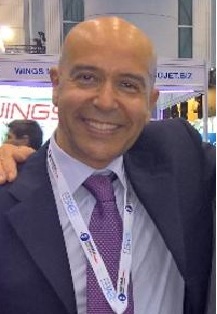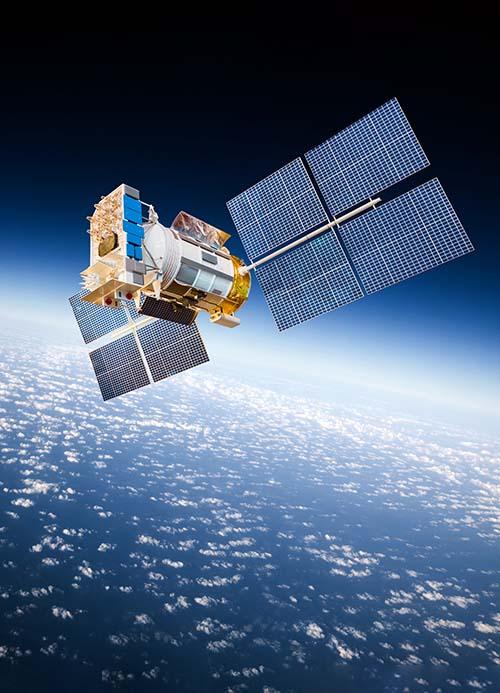See us at MRO Asia Pacific 2025
LightRidge Making Sensors To Help Protect Air and Space Assets
Details
More Products & Services
Products & Services
Home - Aviation Group Marketing
Aviation Week Network
120 data points on over 156,000 commercial and business aviation aircraft, including military transports. Discover the most trustworthy resource for the complete aircraft history, plus ad hoc reports, month-over-month trend analysis and details on expected deliveries through 2050.
Aerospace | Aviation Week Network
Aviation Week Network
https://aviationweek.com/themes/custom/particle/dist/app-drupal/assets/awn-logo.svg
People

Andrea Rossi Prudente
Aviation Week Network

Anthony Lim
Aviation Week Network
Sales director

Becca Balmes
Aviation Week Network

Belinda Tan
Aviation Week Network

Brian Everstine
Aviation Week Network
Editor

Eddie Krankowski
Aviation Week Network
Assistant Manager, Tradeshows

erving dockery
Aviation Week Network

Lisa Tan
Aviation Week Network
Senior Marketing Manager

Mark Thomas
Aviation Week Network
Description
COLORADO SPRINGS—LightRidge Solutions, a private-equity portfolio, is building space-based assets that offer protection designed to protect against on-orbit attacks, sensors that can detect the contrails of stealth aircraft, and other ground- and space-based assets.
ATL Partners formed this private-equity portfolio in 2021 with two operating units. GEOST makes small, low-cost, capable assets that aim to change the economics of ground- and space-based sensors that conduct space situational awareness and protection. Ophir is the second unit, which uses lidar lasers for contrail detection.
LightRidge has multiple customers: the intelligence community, commercial space customers and the Space Development Agency. “We have sensors in LEO, we have sensors in GEO we have ground sensors and we have a contract for cislunar,” says LightRidge CEO Bill Gattle.
Josh Hartman, LightRidge chief strategy and growth officer says the company has proved a “resiliency payload,” and is now putting those payloads on a Tranche 1 tracking satellite for the Space Development Agency.
Most satellites do not have protection from on-orbit threats, he notes. The solution is to see the threat, understand the nature of it and to issue a countermeasure, which could be electronic jamming, the use of a filter or reaching out to a big-brother satellite that is better equipped to mitigate the threat, Hartman explains.
SDA has made such resilience a higher priority for its Tranche 2 satellites, which Gattle reads as validation for this technology.
“We see other architectures proliferating and seeking that same sort of protection,” Hartman says, adding its costs about a million dollars per satellite.
And Ophir uses a lidar laser that looks out behind a stealth aircraft to determine when the environment looks like it might create a contrail, says Hartman, who also is the president of GEOST. “You definitely don't want that to happen, so they are able to figure that out before it happens and change their operations,” he says.
Already the company has two assets on orbit and is on contract for five other systems and is ramping up production. GEOST already has grown sixfold in terms of employees and revenue, and Gattle says LightRidge is looking at new acquisitions that “have come from places where the mission is understood and proven it works.”
ATL Partners formed this private-equity portfolio in 2021 with two operating units. GEOST makes small, low-cost, capable assets that aim to change the economics of ground- and space-based sensors that conduct space situational awareness and protection. Ophir is the second unit, which uses lidar lasers for contrail detection.
LightRidge has multiple customers: the intelligence community, commercial space customers and the Space Development Agency. “We have sensors in LEO, we have sensors in GEO we have ground sensors and we have a contract for cislunar,” says LightRidge CEO Bill Gattle.
Josh Hartman, LightRidge chief strategy and growth officer says the company has proved a “resiliency payload,” and is now putting those payloads on a Tranche 1 tracking satellite for the Space Development Agency.
Most satellites do not have protection from on-orbit threats, he notes. The solution is to see the threat, understand the nature of it and to issue a countermeasure, which could be electronic jamming, the use of a filter or reaching out to a big-brother satellite that is better equipped to mitigate the threat, Hartman explains.
SDA has made such resilience a higher priority for its Tranche 2 satellites, which Gattle reads as validation for this technology.
“We see other architectures proliferating and seeking that same sort of protection,” Hartman says, adding its costs about a million dollars per satellite.
And Ophir uses a lidar laser that looks out behind a stealth aircraft to determine when the environment looks like it might create a contrail, says Hartman, who also is the president of GEOST. “You definitely don't want that to happen, so they are able to figure that out before it happens and change their operations,” he says.
Already the company has two assets on orbit and is on contract for five other systems and is ramping up production. GEOST already has grown sixfold in terms of employees and revenue, and Gattle says LightRidge is looking at new acquisitions that “have come from places where the mission is understood and proven it works.”

Share
Recent Chats
Share via email
Future: handle WhatsApp here
Future: handle LinkedIn here
Future: handle Twitter here
SUBMENU HERE
Share via Chat
Copy Link

